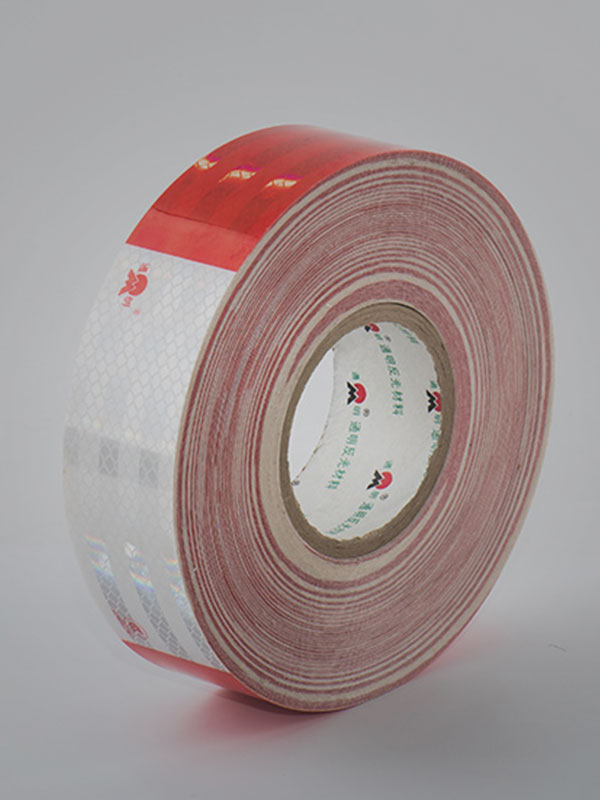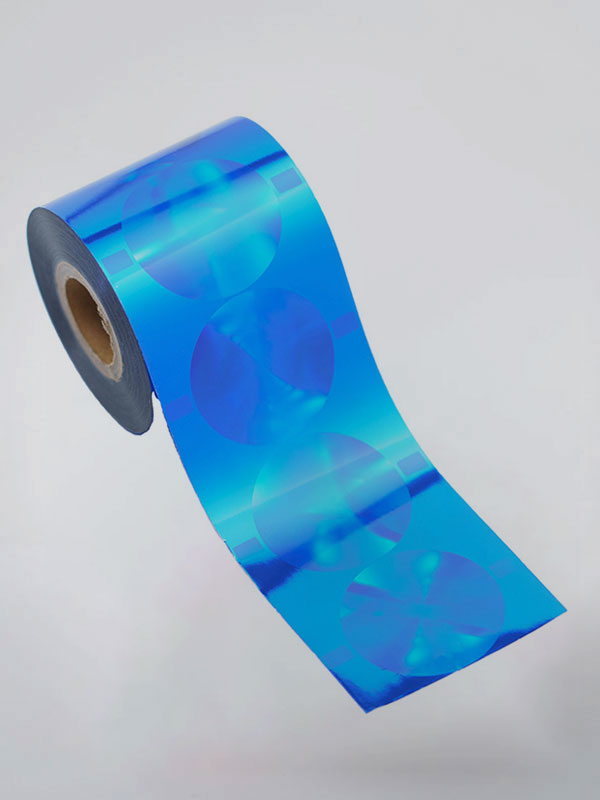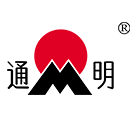Traffic signs Reflective material application development
 Jul 06, 2022|
Jul 06, 2022| View:628
View:628With the development of the chemical industry, especially synthetic resin, various r & D institutes are constantly researching and innovating, utilizing glass bead technology, synthetic resin technology, thin-film technology, and coating technology, and a series of high-quality retroreflective products have been developed.

Originally made in the 1940s, Reflective material, dubbed“Engineering grade” Reflective film, has been widely used in road traffic signs. Since then, Reflective material and other products for personal safety, such as clothing, have been developed with the advent of synthetic resins. Since then, with the advent of a range of materials and optical technologies, in particular micro prism Reflective material, which was originally used primarily for traffic signs as Reflective material, has gradually been replaced by newer, better Reflective material.
Reflective material has many classification methods. The generally accepted classification principle is based on the basic structure of the Reflective unit, and the sorting method is mainly based on the inverse reflection coefficient of the positive photometric performance of Reflective material. But considering the different techniques of Reflective material, some are designed specifically for non-positive inverse brightness, some are designed to work both ways, and some are designed to meet the perceived needs of harsh weather conditions, therefore this kind of classification method, also has insufficiency. Therefore, it is necessary to be familiar with and master the application conditions and design functions of different Reflective materials.
Traditionally, Reflective material has been divided into two categories based on the structure of Reflective material Reflective units: bead Reflective material and micro-prism Reflective material. Each type of Reflective material also includes many types, such as the micro-prism Reflective material, whose material selection and prism structure have changed a lot as a result of the use of more advanced technological processes to cope with increased traffic demand.











View More(Total0)Comment lists